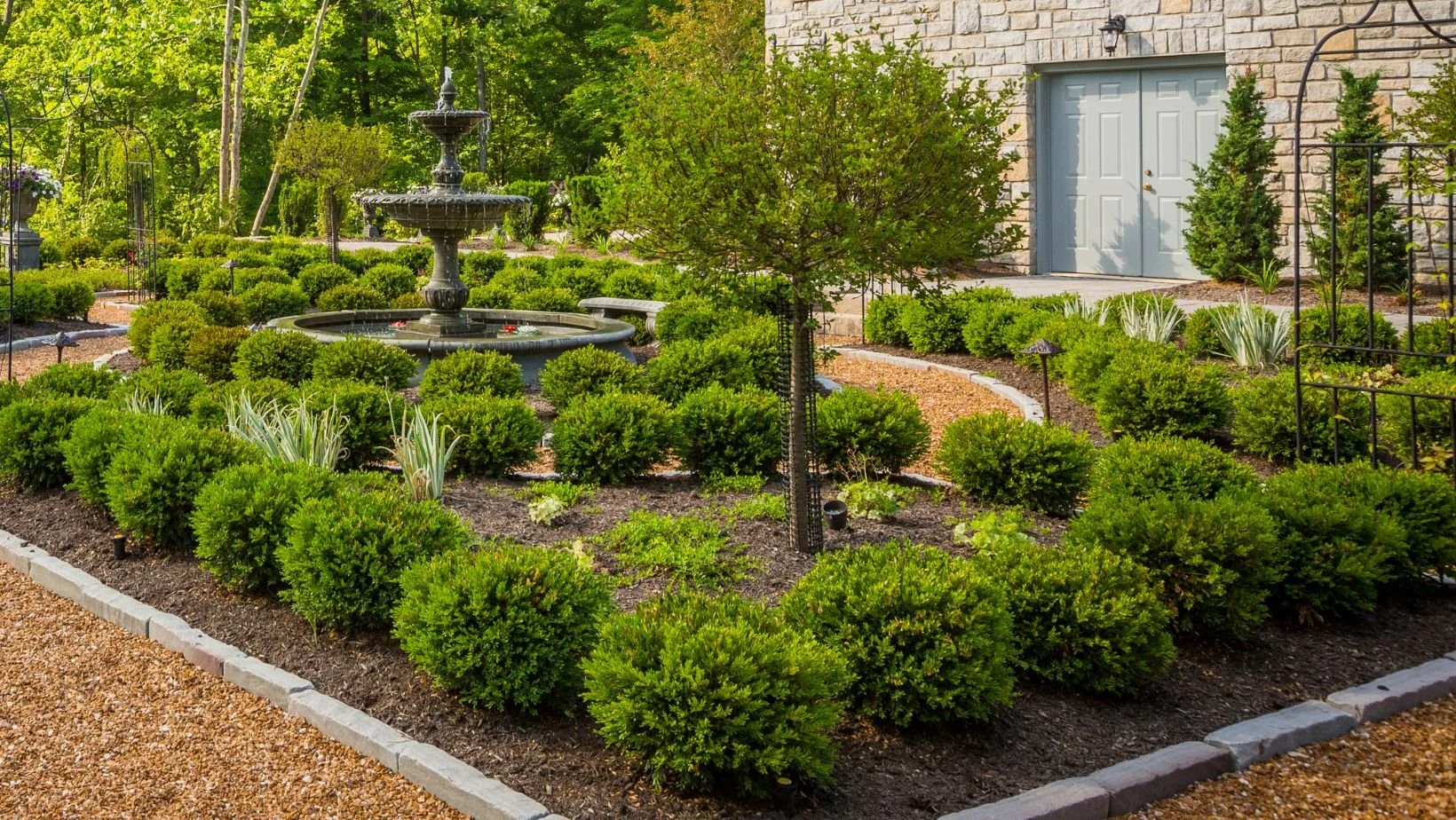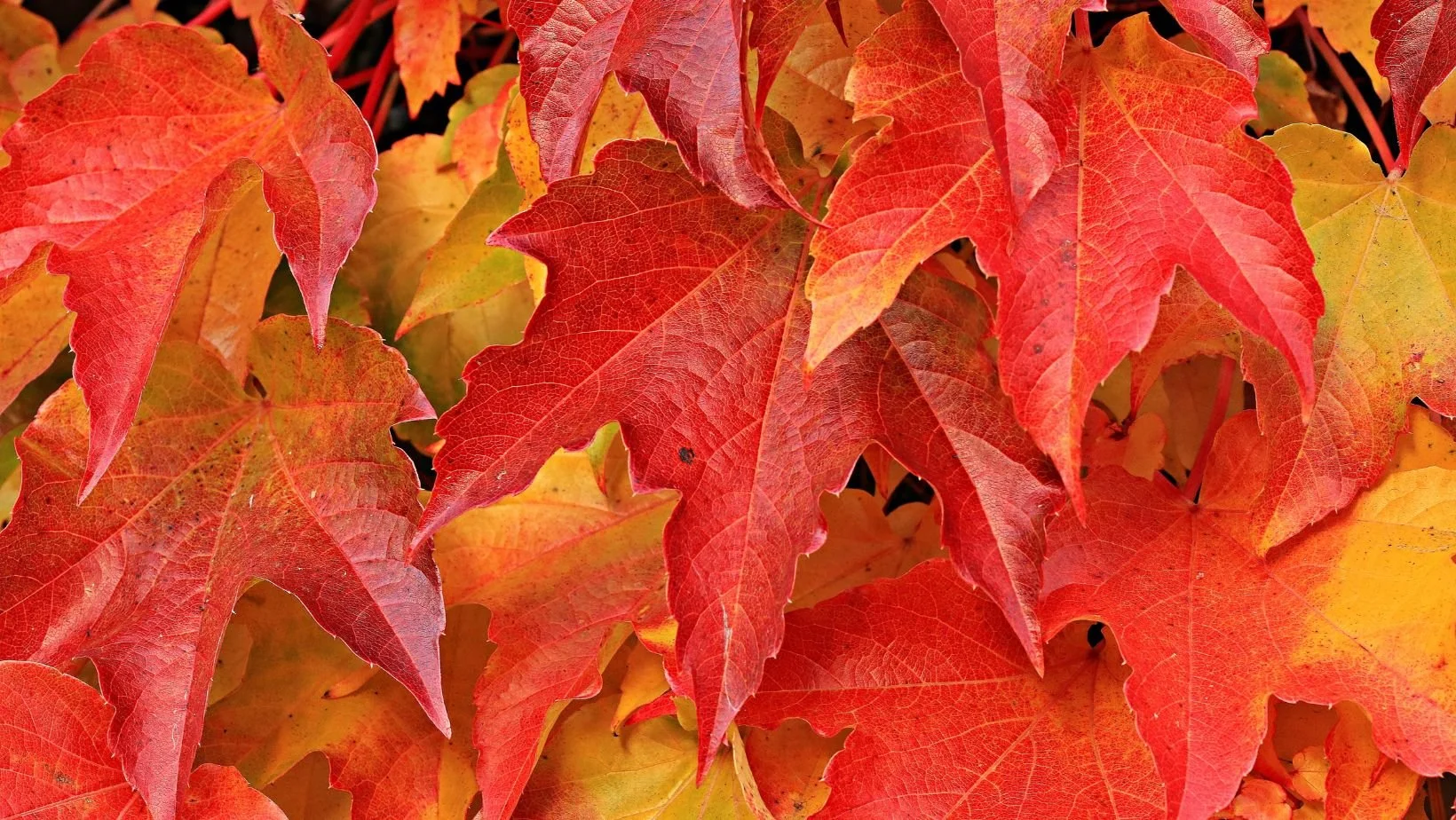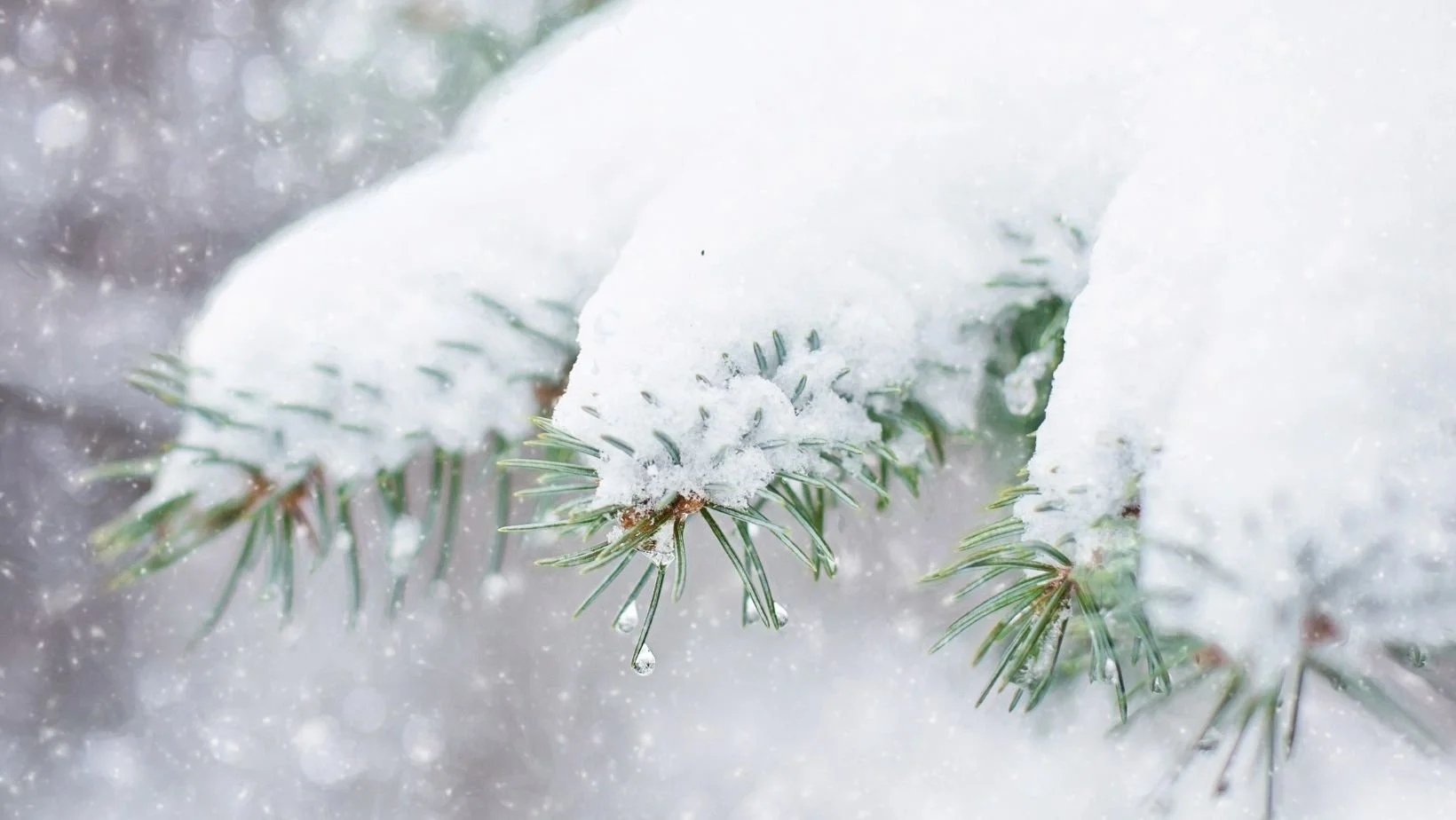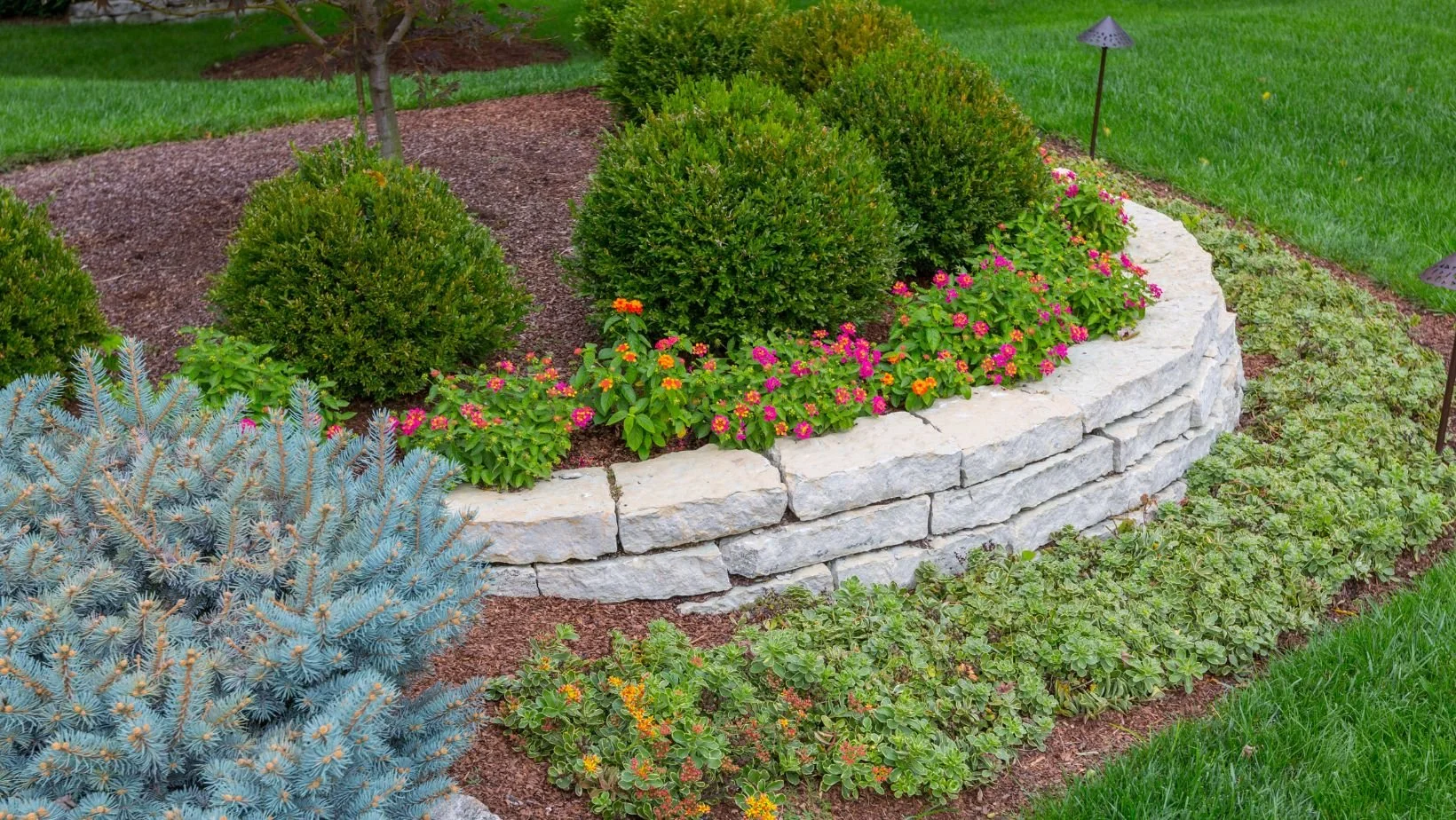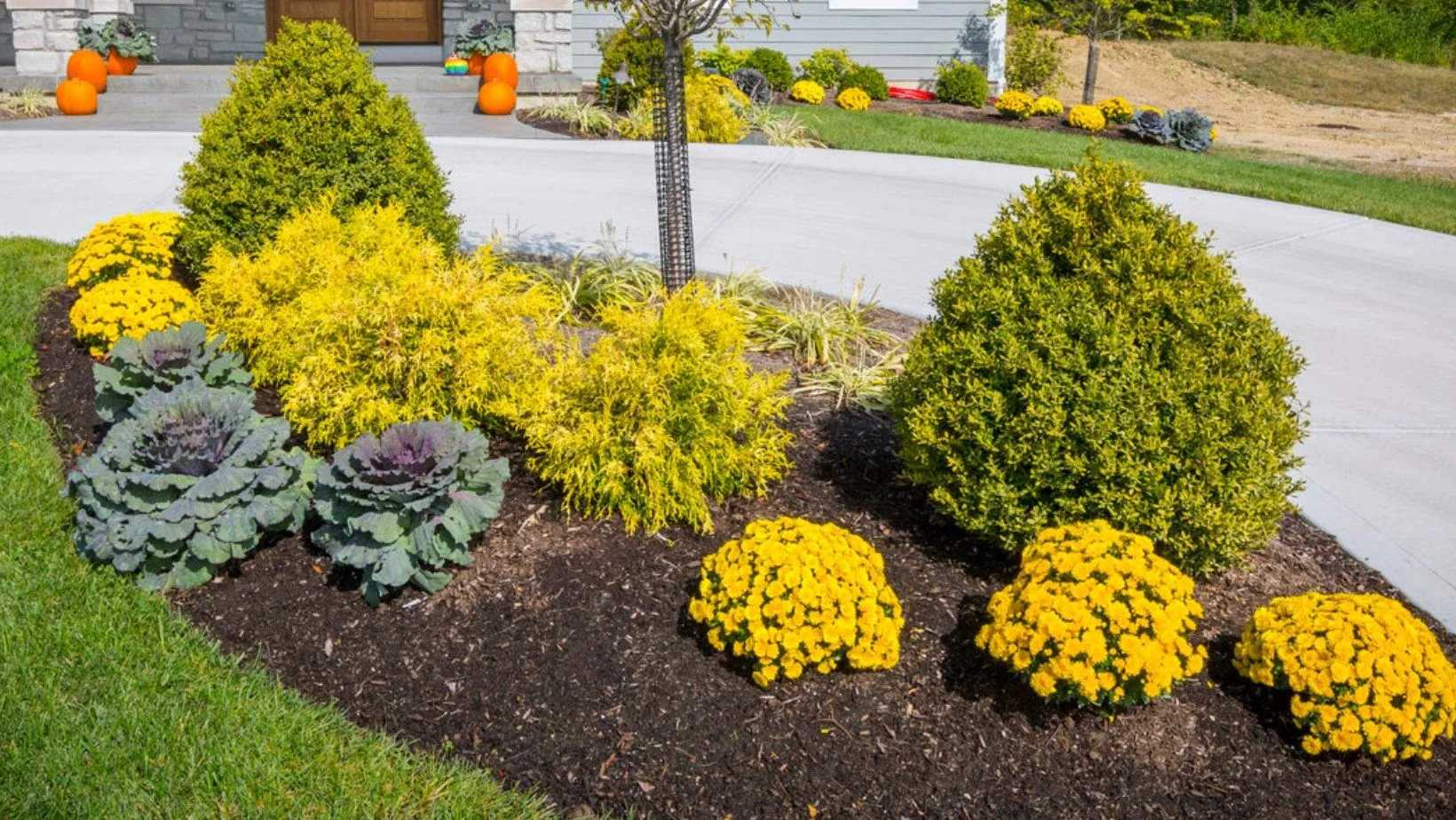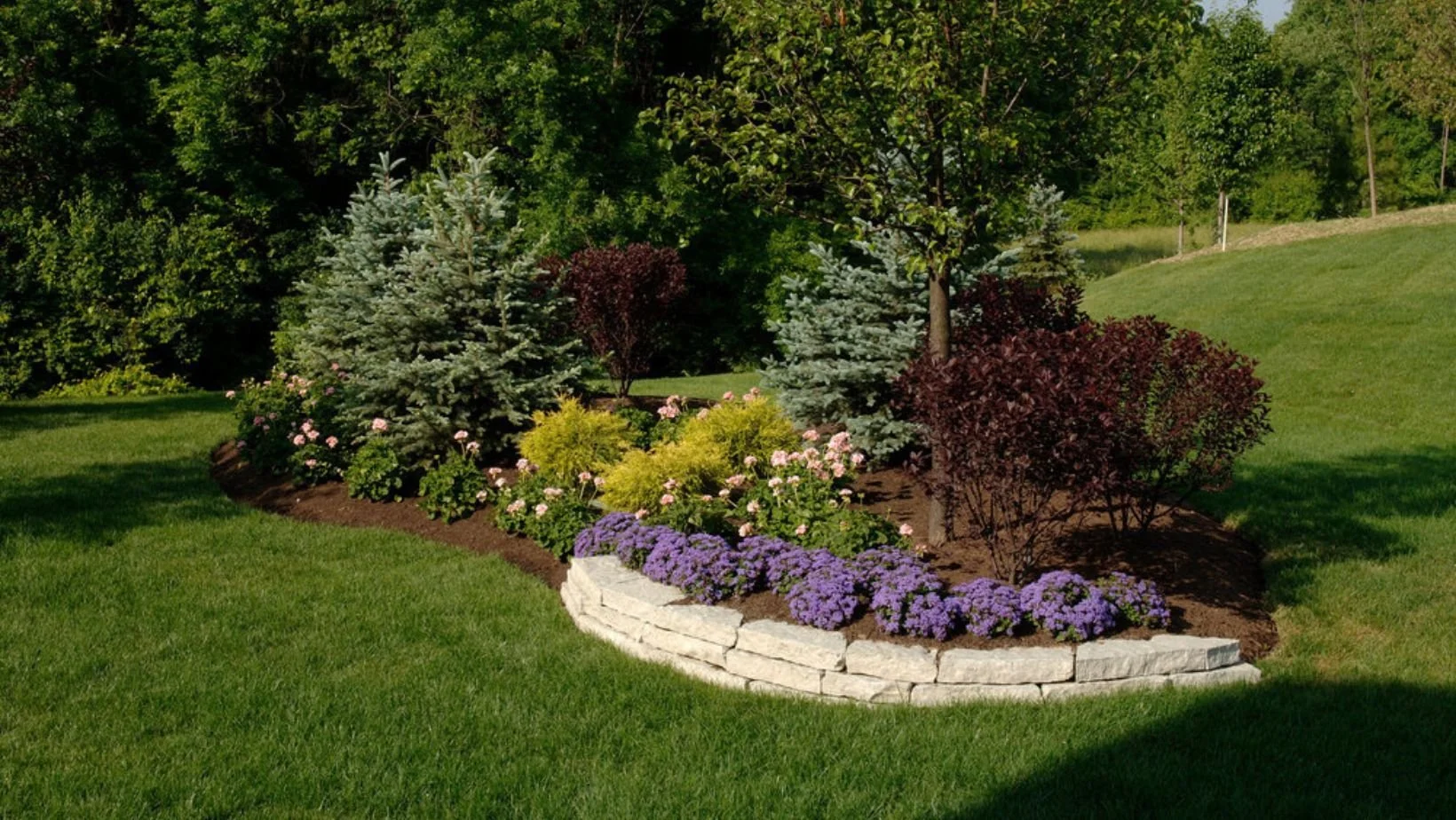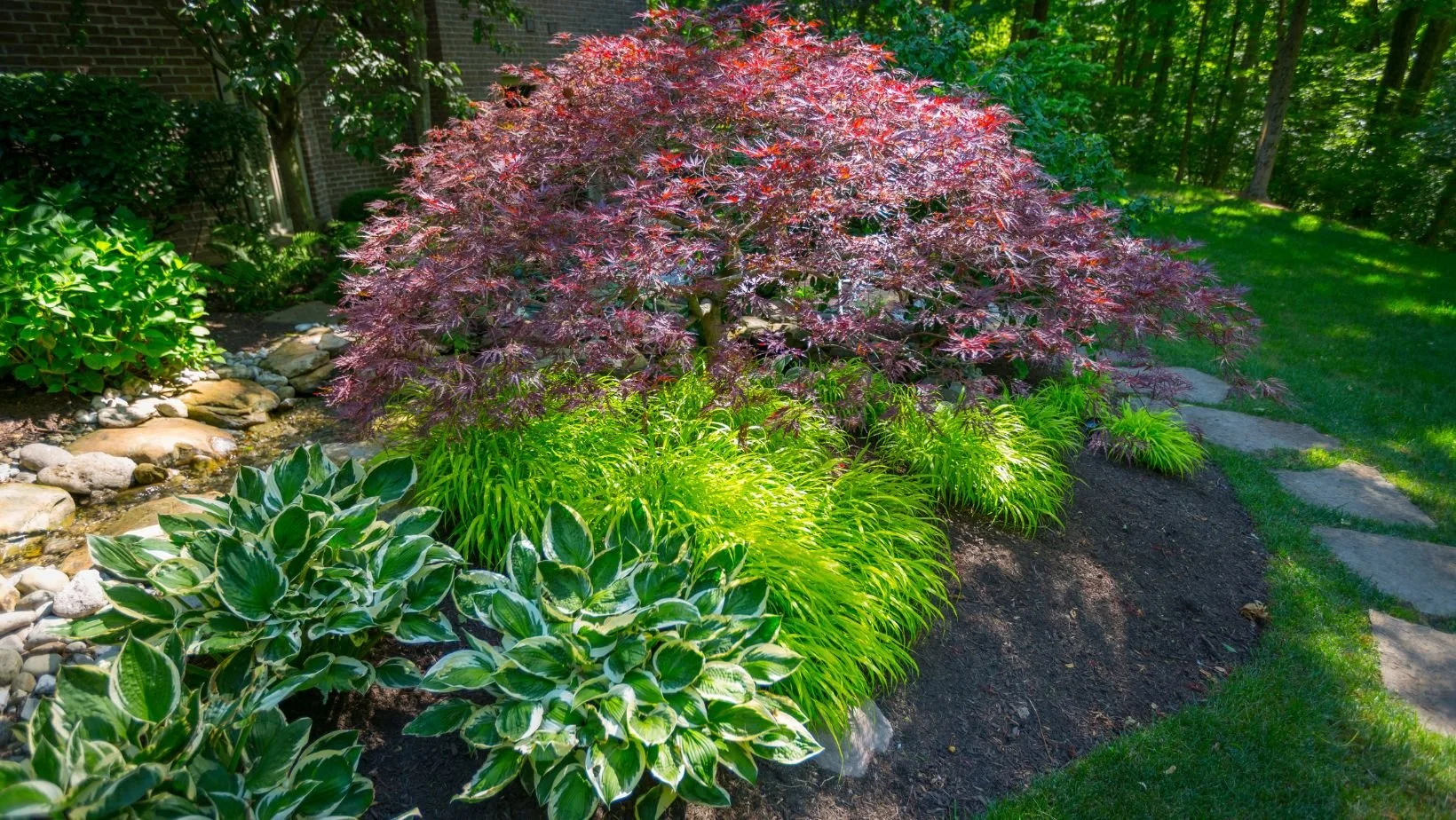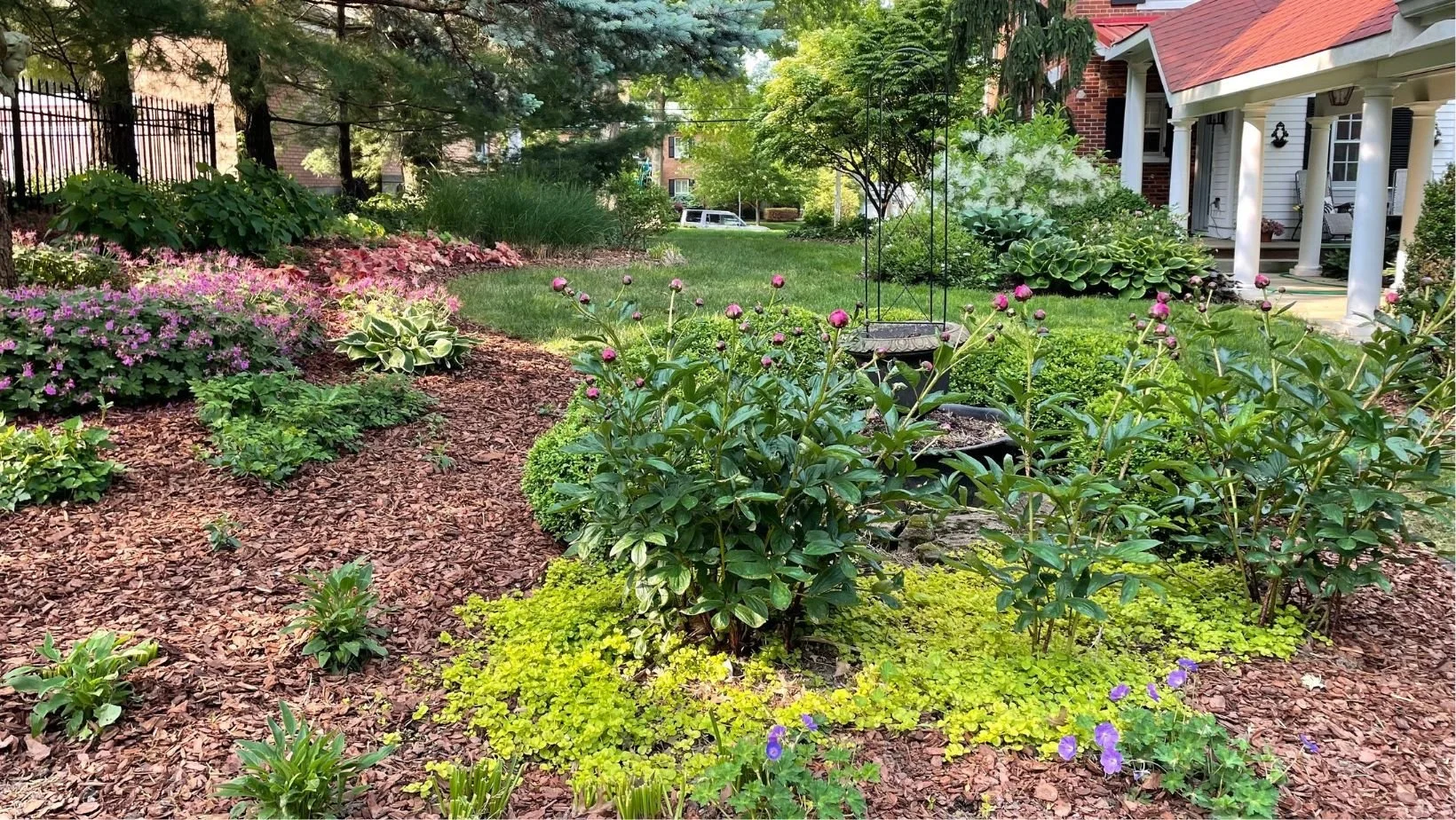Do you think spring is the only time for planting? Are you skeptical about what to plant in the fall that would even thrive?
You’re not alone. Spring steals all the planting thunder, but don’t underestimate the fall planting season in Cincinnati.
Here at Seiler’s Landscaping, we know that autumn provides some of the best conditions for establishing new plants, vegetables and trees in the Ohio River Valley region. It offers gardeners and homeowners a golden opportunity to establish beautiful, resilient landscapes that will thrive for years to come.
This article covers what to plant in fall, why fall planting is beneficial and the expertise landscapers need to be successful.
Why Fall Planting Makes Perfect Sense in Cincinnati
Cincinnati is in the USDA Zone 6a climate. This creates excellent fall planting conditions to leverage for long-term landscape success. That’s because the cooler temperatures of September through November allow plants to focus energy on root development, not top growth (blooms). This redirected focus helps create stronger foundation systems before winter dormancy.
Fall offers consistent moisture levels and moderate temperatures. These factors reduce any transplant shock plants might experience. Your new plantings will also benefit from the naturally heavier watering schedule of autumn rains.
The extended root development period that fall provides is unique to the season. Spring planting requires quickly adapting to increasing heat and potential drought conditions in the months ahead. Fall plantings have several months to establish robust root systems before facing their first summer stress test.
What the Experts Say to Plant in the Fall
For a successful fall planting, your landscaper needs a deep understanding of Cincinnati's specific growing season patterns, soil conditions and microclimates. Professional landscaping services have expertise in seasonal plant selection. They know, for instance, which plants need an early September installation, versus those that can wait until October or November. They know how Cincinnati's clay soils behave during fall rain and how to move where plants are going in the ground and in your landscape layout accordingly.
The investment in professional fall planting services helps create landscapes that mature beautifully. These are the plants experts know can do well with a fall planting:
Trees and shrubs
Perennials and fall flowers
Fall vegetable garden
What to Plant in the Fall: Trees and Shrubs
Woody plants, like trees and shrubs, love the fall weather for planting in Cincinnati landscapes. This season gives ample time for roots to develop, while temperatures remain conducive to plant establishment activities. Both deciduous trees and evergreen trees do great when planted in the fall.
Deciduous Trees for Cincinnati Fall Planting
Maple varieties – including sugar maples and red maples – establish beautifully during fall months, developing strong root systems before winter dormancy. These native species thrive in Cincinnati's climate conditions and give spectacular autumn color displays every year.
Oak trees, particularly white oaks and red oaks, also do well with fall installation. Their deep taproot systems develop extensively during cool weather months. This is key to developing the strong foundation necessary for these long-lived landscape anchors.
Flowering trees like redbud, dogwood and cherry varieties establish well during autumn planting windows. Professional installation by a landscaping team guarantees the proper depth, spacing and soil preparation to maximize their spring blooming.
Evergreen Excellence for Year-Round Structure
An often-overlooked component of your landscape is visual interest in the winter. With no leaves and no blooms to compete with, Evergreens like pine, spruce and fir get a chance to shine. They provide beautiful contrast with white snow and gray days, and give a sense of structure to your landscape.
Arborvitae and juniper varieties create excellent privacy screens and foundation plantings. It’s never a good idea to plant any kind of tree too close together. Professional landscaping teams know the optimal spacing and can weigh things like how big a tree will get into the planting location. If an evergreen is expected to triple its width, and this hasn’t been accounted for, an overcrowding issue could occur with all of your trees. It’s a snowball effect that can be avoided with professional landscaping.
Foundation and Ornamental Shrubs
Deciduous shrubs, including the spirea, hydrangea and viburnum species are versatile plants that provide seasonal interest, thanks to their flowers, fall color and winter structure. Evergreen shrubs such as rhododendron, azalea and boxwood also benefit from fall installation.
The key to successful shrub installation is understanding what you’re working with. Professional teams select varieties suited to Cincinnati's soil pH and drainage conditions. Proper soil preparation, appropriate spacing, maintenance and understanding mature plant dimensions is a necessity with shrubs, just like with trees.
What to Plant in the Fall: Perennials and Fall Flowers
Perennial gardens can provide years of seasonal beauty, and planting them in the fall can help guarantee extra vibrant and abundant spring flowers.
Hardy Perennials for Autumn Installation
Hostas, astilbe and heuchera are perennials that establish beautifully during fall months. The extensive root systems they develop will support lush foliage growth later in the year. These shade-tolerant perennials thrive in Cincinnati's varied light conditions.
Sun-loving perennials to plant in the fall include coneflower, black-eyed Susan and sedum. Planting them during cool months creates drought-tolerant plants that can reliably endure and bloom through hot Cincinnati summers.
Ornamental grasses such as miscanthus, fountain grass and feather reed grass like a fall planting, too. These architectural plants provide winter interest and seasonal movement that enhances landscape design throughout the year.
Fall Blooming Flowers
October fall flowers including asters, mums and ornamental kale provide immediate seasonal color. Professional installation keeps them properly spaced and expert soil preparation maximizes their display potential.
Fall flower selections provide essential seasonal interest that transitions beautifully into the winter months. Experienced landscaping professionals understand color combinations and bloom timing that create cohesive and balanced displays all year round.
What to Plant in the Fall: Vegetable Garden
Cincinnati's climate allows for productive fall vegetable gardens to offer fresh produce much later into the season. Cool-season vegetables planted during late summer and early fall often produce higher quality crops than their spring counterparts.
Cool-Season Vegetables for Fall Gardens
Leafy greens including lettuce, spinach and kale tolerate light frosts and often develop improved flavor after exposure to cool temperatures. Root vegetables that do well with fall planting include carrots, radishes and turnips. Cool weather concentrates sugars and gives a significant boost to their flavor profiles. Brassica family vegetables that perform well with a fall planting include broccoli, cabbage and Brussels sprouts.
These autumn vegetables require consistent moisture and cool temperatures that Cincinnati's fall climate provides naturally. Succession planting techniques extend harvest periods and maintain consistent produce availability throughout autumn. This approach requires understanding variety-specific maturity rates and Cincinnati's average frost timing.
A professional landscaper will be well-versed in timing out planting.
Vegetables for Spring Harvest
Garlic planted during October and November develops during winter months for summer harvest the following year. This long-term crop planning approach maximizes garden productivity and provides high-value specialty produce.
Certain onion varieties and overwintering crops can be established during fall for early spring harvest. These vegetables to plant in fall for spring harvest require specific variety selection and protection strategies suited to Cincinnati's winter conditions.
Your Optimal Calendar for Fall Planting
Cincinnati's fall planting season extends from late August through November, with optimal timing varying by plant type and specific weather patterns. Understanding these timing windows ensures maximum establishment success rates.
July and August
Late summer planting focuses primarily on fall vegetables and quick-establishing annuals. Vegetables to plant in August include lettuce, radishes and other fast-maturing crops that will harvest before first frost.
You can also plant certain perennials and container plants in August. These benefit from warm soil temperatures and decreasing heat stress. Again, professionally planned timing ensures these plants establish properly before winter dormancy.
September and October
September marks prime time for tree and shrub installation in Cincinnati landscapes. Soil temperatures remain warm enough for root development while air temperatures reduce transplant stress significantly. Plant hardy perennials, spring-flowering bulbs and cool-season vegetables in October.
November
November is the last call for fall planting. This late fall time is for focusing on dormant installations and specialized techniques that professional landscaping teams execute successfully. Certain trees and shrubs can be planted during November if proper techniques and aftercare are provided.
Considerations for Fall Landscaping Projects
Quality fall landscaping represents a significant investment that can provide short-term and long-term returns. Understanding project costs helps property owners make informed decisions.
Professional Installation Value
Expert installation services ensure optimal plant survival rates and long-term performance. Professional teams bring specialized equipment, soil amendments and installation techniques that homeowners can’t typically do independently.
Professional installation leads to higher establishment success rates and better long-term plant health. Quality installation techniques prevent costly plant replacement and ongoing maintenance issues.
Long-Term Maintenance
Professional maintenance programs protect landscaping investments by maintaining plant health and appearance. These services include pruning, fertilization, pest management and seasonal care that maximizes plant performance. Professional installation also reduces future maintenance needs while ensuring optimal plant development.
Creating Your Cincinnati Fall Landscape
Successful fall landscaping projects require comprehensive planning that considers mature plant sizes, seasonal interest, maintenance requirements and long-term performance expectations.
At Seiler’s Landscaping, we have decades of expertise to inform the way we perform your fall planting. Whether you're planning extensive landscape renovations or focused improvements, we can help you maximize on Cincinnati's fall planting season.
We’d love to talk about your vision for fall.
Not sure what plants to ask for? Start with reading about the top 12 trees we recommend.


